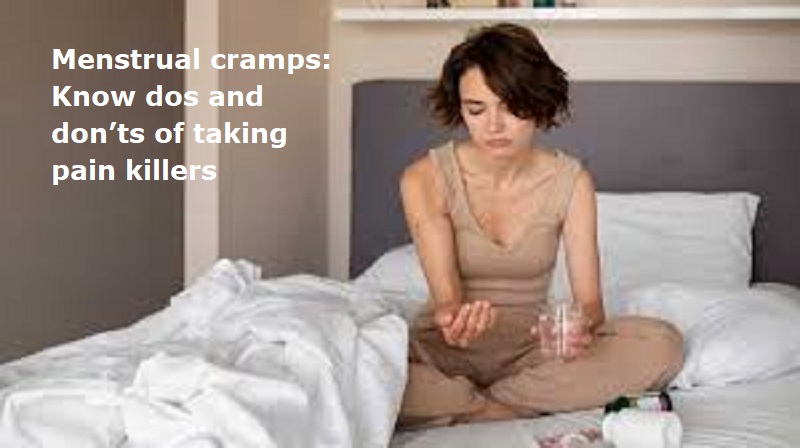
Menstrual cramps are throbbing, aching cramps that women get in their lower belly just before and during your period. They’re some of the most common, annoying parts of period. It can be mild to severe. They usually happen for the first time a year or two after a girl first gets their period. With age, they usually become less painful and may stop entirely after the first delivery.
According to experts, during menstruation, the thickened endometrium–the lining of the uterus sheds away. This is caused by certain hormone-like substances called prostaglandins, which also play a role in uterine contractions, pain and inflammation.
Also Read: Simple ways to detect expired condoms
Explaining the cause of these cramps, Dr Jagriti Varshney, gynaecologist and obstetrician said, “,” adding that these symptoms cause menstrual cramps.
Some women take pain killers for cramps. As per health experts, it is safe to take nonsteroidal anti-inflammatory drugs (NSAID) such as mefenamic acid and ibuprofen for mild to moderate pain. NSAIDs help block the production of prostaglandins, responsible for menstrual cramps. But there is a particular dosage that should be taken. The ideal dosage for ibuprofen is 200 mg, while that of mefenamic acid is 250 mg. Only one to two tablets can be consumed within a period of eight hours.
Excessive use cause several side-effects. Excessive use can lead to increased nausea and vomiting as these symptoms already exist for women suffering from premenstrual syndrome (PMS). It can also cause constipation, heartburn, high blood pressure and stomach pain. The lesser-known risks associated with excessive usage of NSAIDs are stomach ulcers or bleeding, kidney and heart problems.

Post Your Comments